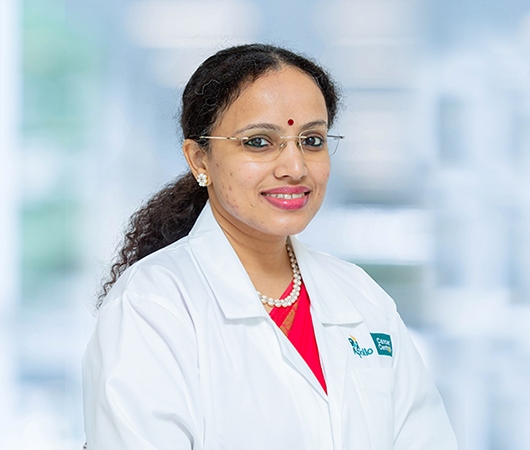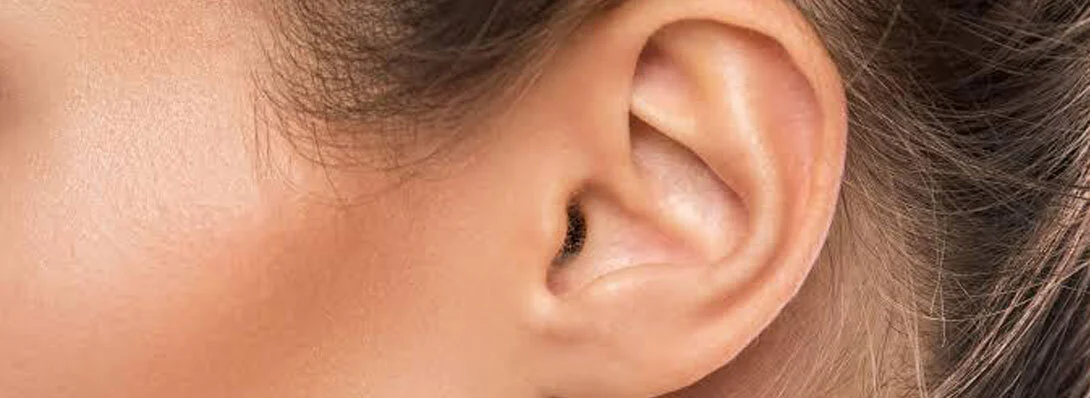Childhood Cancers Overview
Childhood cancers encompass a range of diseases impacting individuals aged 0-19 years. These malignancies can manifest in diverse body parts, with prevalent types comprising leukaemia, brain tumors, and neuroblastoma. Early detection and effective treatment hinge on a comprehensive understanding of these various cancer types. Childhood cancers represent a significant health concern, constituting a leading cause of mortality among children and adolescents globally.
Approximately 280,000 children in the age group of 0 to 19 years are diagnosed with cancer annually. The most prevalent childhood cancer is leukaemia, followed by brain tumors. Survival rates vary by cancer type, with an overall 78% of children diagnosed with cancer expected to survive five years or more. Efforts are underway to enhance awareness, research, and treatment modalities for childhood cancers.
Preventing Childhood Cancers
Preventing childhood cancers involves embracing a healthy lifestyle to mitigate risks, although not all cases are preventable. Promoting a balanced diet, regular exercise, and minimizing exposure to environmental toxins are key preventive measures. Encouraging vaccinations against viruses associated with cancer, such as human papillomavirus (HPV), adds an extra layer of protection.
Adopting a wholesome lifestyle early on significantly influences a child’s overall well-being and can contribute to reducing the likelihood of cancer development. These preventive strategies align with recommendations from reputable sources, emphasizing the importance of nutrition, physical activity, and immunization in safeguarding against childhood cancers.
Childhood Cancer Diagnosis
Early detection plays a pivotal role in the successful treatment of childhood cancers. Paediatricians employ a comprehensive approach, utilizing physical examinations, imaging tests, and biopsies to confirm cancer diagnoses. The integration of multidisciplinary care and innovative diagnostic methods reflects advancements in medical science, striving to improve the accuracy and timeliness of childhood cancer detection.
Efforts in the medical field, such as ongoing research and technology advancements, continue to refine diagnostic processes. Collaborative approaches and cutting-edge techniques enhance the ability to identify pediatric cancers at their earliest stages, facilitating prompt intervention and increasing the likelihood of successful treatment outcomes.
Childhood Cancer Symptoms and Signs
Timely recognition of symptoms is paramount for early intervention in childhood cancers. Parents must stay vigilant for persistent indications such as unexplained weight loss, prolonged fever, and the presence of unusual lumps. Recognizing these warning signs is crucial, prompting immediate medical attention to facilitate a prompt diagnosis and initiate necessary treatment.
It is essential for parents to maintain open communication with healthcare professionals and seek guidance if any concerning symptoms manifest in their child. Regular health check-ups and awareness of potential signs contribute to the early detection of childhood cancers, enhancing the chances of successful intervention and improved outcomes.
Childhood Cancer Treatment
The approach to treating childhood cancers is tailored to the specific type and stage of the disease. A diverse range of treatment options exists, encompassing surgery, chemotherapy, radiation therapy, and immunotherapy. Notably, ongoing research places emphasis on fusion proteins, recognized as a distinctive feature in childhood cancers. Scientists are actively investigating these molecular abnormalities to advance the development of targeted therapies.
The selection of treatment modalities is a complex decision made by a multidisciplinary medical team, considering factors such as the cancer’s characteristics and the child’s overall health. Advances in understanding the molecular underpinnings of childhood cancers, particularly fusion proteins, hold promise for refining treatment strategies and improving outcomes.
Follow-up Care and Life After Childhood Cancers
After completing cancer treatment, ongoing and systematic follow-up care is essential for childhood cancer survivors. This comprehensive care aims to monitor for potential cancer recurrence and manage any long-term effects resulting from the treatment. The follow-up care involves regular physical examinations and medical tests to track the individual’s health status in the months and years following treatment completion. It is a critical aspect of post-treatment management to ensure early detection and intervention if any issues arise. Beyond medical aspects, the emotional well-being of childhood cancer survivors is equally significant.
Psychosocial support, including counselling and assistance for children and their families, plays a pivotal role in addressing the emotional challenges that may persist after overcoming cancer. Anxiety, depression, and concerns about the cancer returning are common, making psychological support an integral component of the survivorship journey.
Conclusion
Childhood cancers are a complex challenge, demanding a multifaceted approach. Prevention, early diagnosis, and advanced treatments contribute to improved outcomes. As we continue pushing the boundaries of medical science, the hope is to create a future where childhood cancers are not just treatable but preventable. Recognizing the distinctive characteristics and symptoms associated with different cancer types is pivotal for timely intervention and improved outcomes in the pediatric oncology landscape.

Dr. Ramya Uppuluri Consultant-Paediatric Haematology Oncology





.png)




